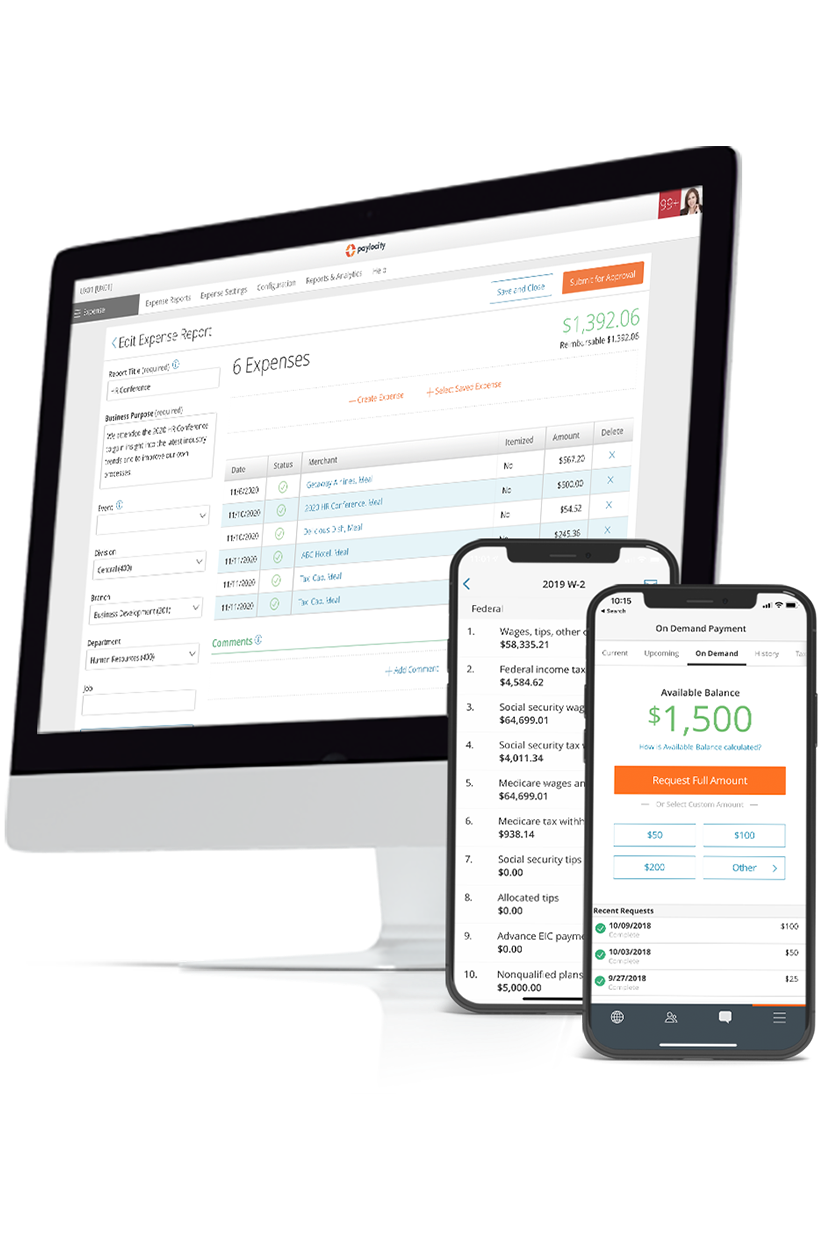Prevailing Wage
Summary Definition: A standardized rate for wages and benefits that government contractors or those with foreign laborers must pay their workers.
What is a Prevailing Wage?
Prevailing wages are standardized benefits, overtime, and wage rates contractors with foreign workers or a government contract must pay their workforce.
Federal and state agencies calculate prevailing wages based on the rate used in more than 50% of instances for that work in a given market region. If no one rate is used in over 50% of cases, a weighted average rate is calculated.
For example, the prevailing wage for a welder in New York City will be based on the aggregate or most common rates paid to welders in that city and region. Conversely, the prevailing wage for a welder in Tulsa, Oklahoma would be based on the aggregate or most common rates in that city and region.
The primary purpose of prevailing wages is to prevent contractors from undercutting each other through unnatural wage reductions. They also help prevent local workers from being displaced by foreign laborers who are willing to work for less pay.
Contractors receiving government funds must prove they’re paying laborers the established prevailing wage by regularly submitting a certified payroll to the U.S. Department of Labor via Form WH-347. The form records each worker’s identity and their benefits, tax deductions, etc.
Key Takeaways
- Prevailing wages are standardized wage rates designed to ensure contractors with government contracts or foreign workers provide fair work standards and compensation for their laborers.
- A prevailing wage determination is either general to a type of work in a given area or specific to an individual project.
- Unlike minimum wage rates, which apply to all types of workers and areas, prevailing wage rates focus on manual laborers on a public works project.
Prevailing Wage Laws
There are a few different laws that regulate the use of prevailing wages:
- Davis-Bacon Act: Signed into law in 1931, this established the rule that government-funded contractors and sub-contractors must pay their employees the prevailing local wage and fringe benefits determined by the Department of Labor.
- Immigration and Nationality Act: Under this 1965 law, the Department of Labor requires the wages offered to a foreign worker must be the same prevailing wage rate for that occupation and area that’s offered to U.S. workers.
- Inflation Reduction Act: Passed in 2022, this law offers increased tax benefits to contractors meeting the prevailing wage requirements for their area.
Prevailing Wage Determinations
These are the monetary thresholds that determine if a contractor must provide a prevailing wage. Federally, the prevailing wage determination is $2,000. In other words, if a government contract is worth $2,000 or more, the contractor has to provide a prevailing wage to their workers. At the state level, prevailing wage determinations vary all the way from $0 to $1 million.
Prevailing Wage Determination Types
The two main types of prevailing wage determinations are general determinations and project determinations. A general determination is proactively calculated for a certain type of construction in a specified area. It never expires but is updated annually.
Project determinations, on the other hand, are unique to a specific contract and must be requested by a contracting agency. It’s only applicable to that individual project and typically for 180 days after it’s issued.
Prevailing Wage Determination Processing Time
General determinations are updated every year, but employers requesting a project determination should anticipate the process taking at least 30 days.
Employers requesting a wage determination as part of a nonagricultural immigration program should expect the process to take up to nine months depending on the type of program (i.e., CW-1, H-1B, H-2B, or PERM).
Prevailing Wage vs. Minimum Wage
While both prevailing wages and minimum wages aim to provide a minimum standard pay rate for workers, they go about it in very different ways.
Minimum wage rates are set by federal and state legislatures to be the lowest amount of pay any employer can pay an employee, regardless of the industry or type of work being performed. Prevailing wage rates are instead set by market conditions and focus on specific types of work (e.g., labor, construction, etc.) performed through a government contract.
Penalties for Non-Compliance
Contractors who violate the Davis-Bacon Act by failing to provide prevailing wages face several penalties, including:
- Withheld payments of federal funds until the underpaid wages are met
- Termination of the contract in question and liability for any additional costs to the government that result from the termination
- Being barred from receiving new contracts for the next three years

Save Time with Stress-Free Payroll Solutions
Payroll doesn’t have to be complicated, but it does have to be right. Stay compliant, collect employee data, and streamline tax filing – all while putting time back in your day with our automated payroll software. With the assurance of an error-free workflow, you can get back to what matters most – your people. Learn how our modern solutions get you out of the tactical and back to focusing on the bigger picture.